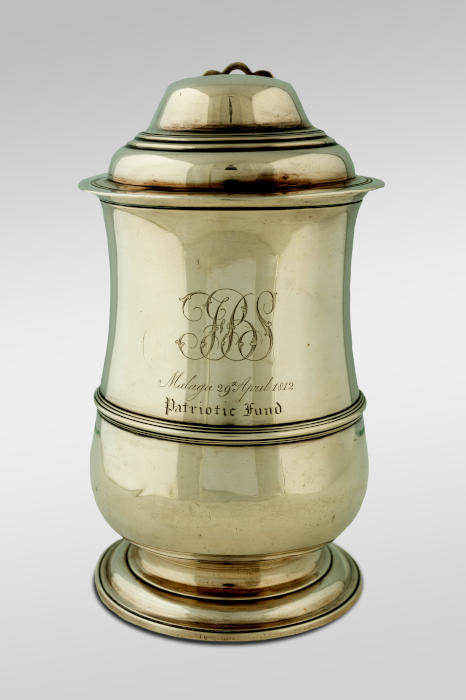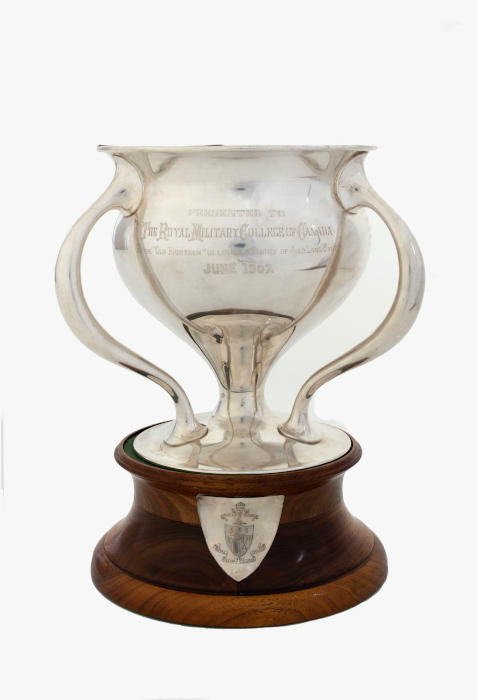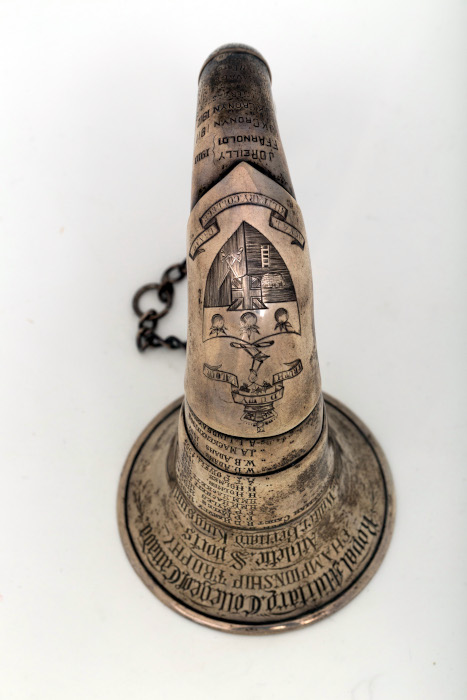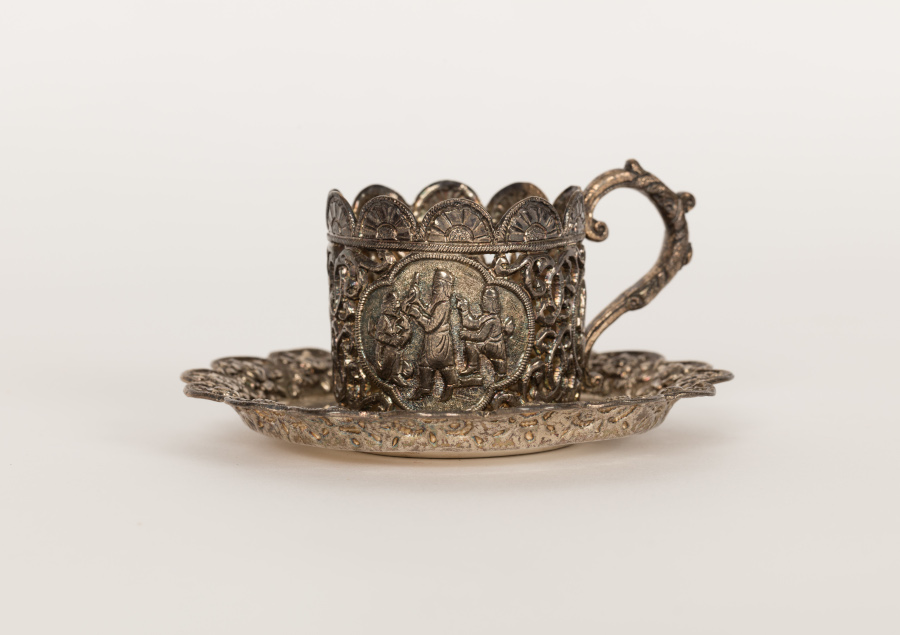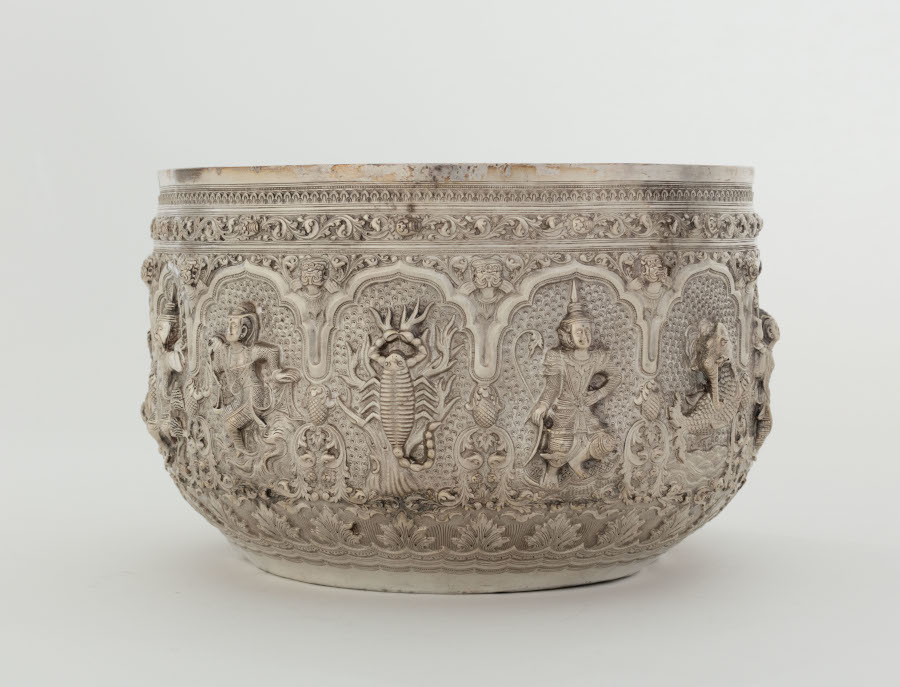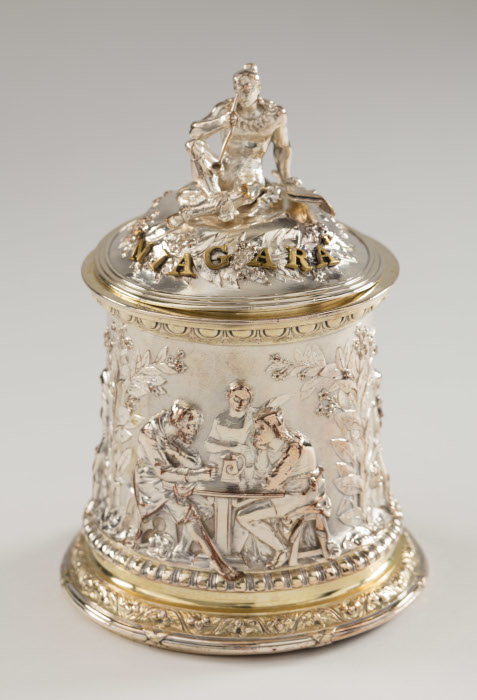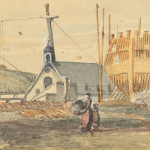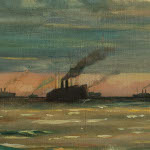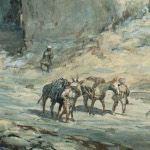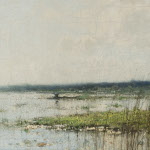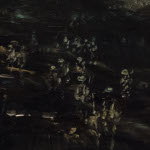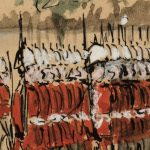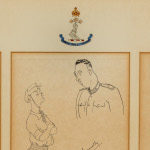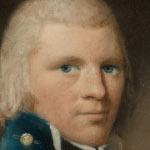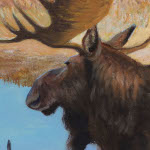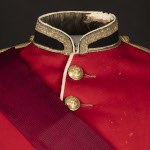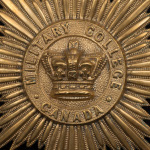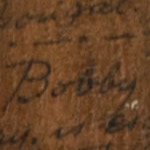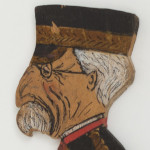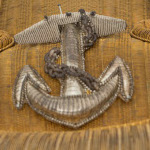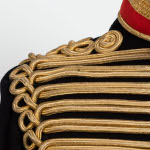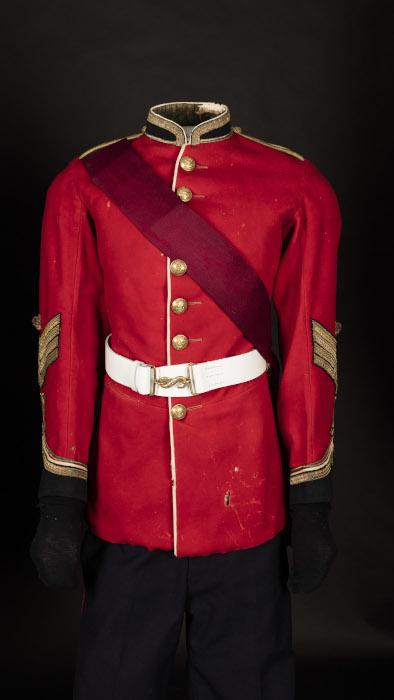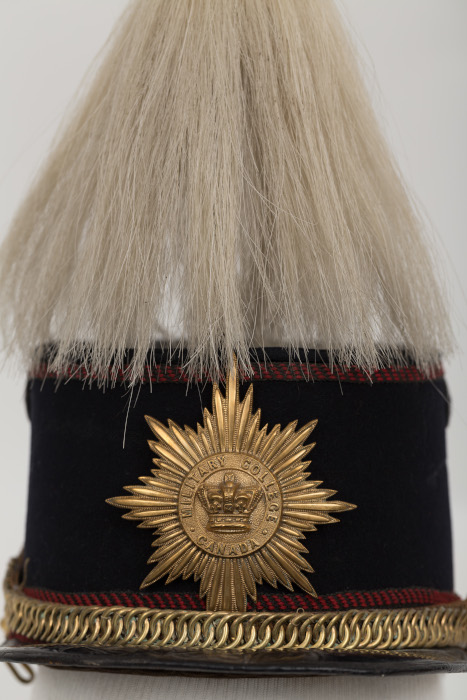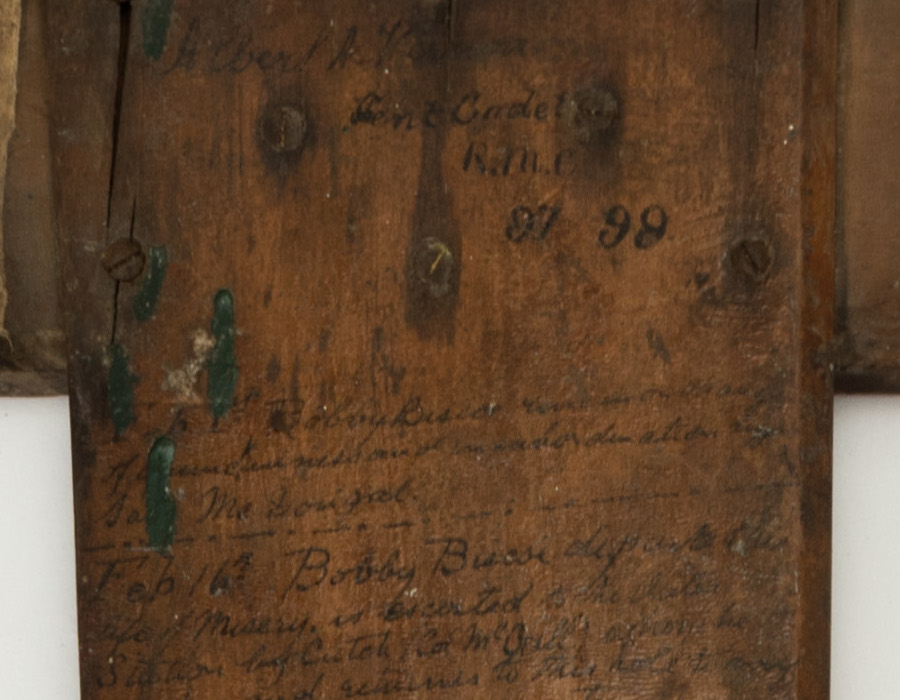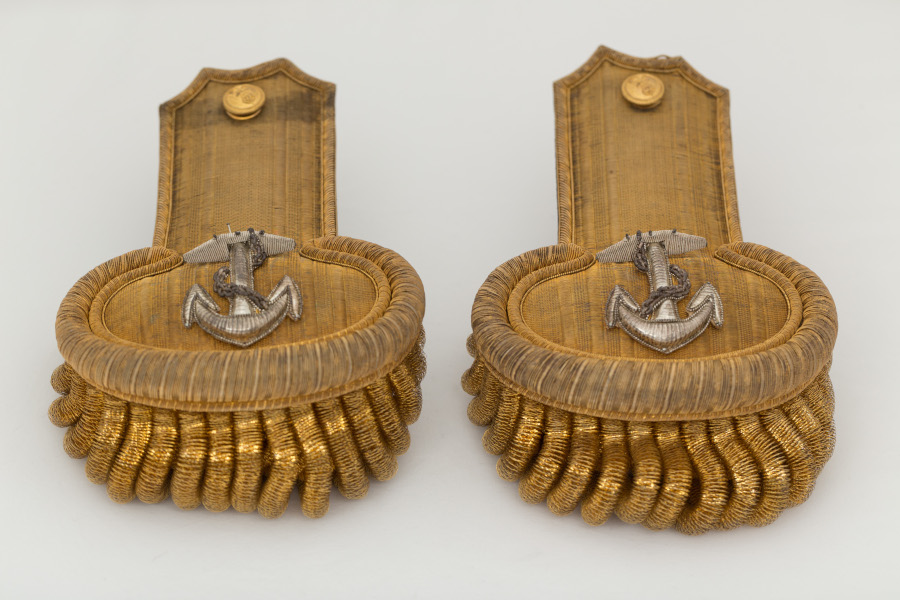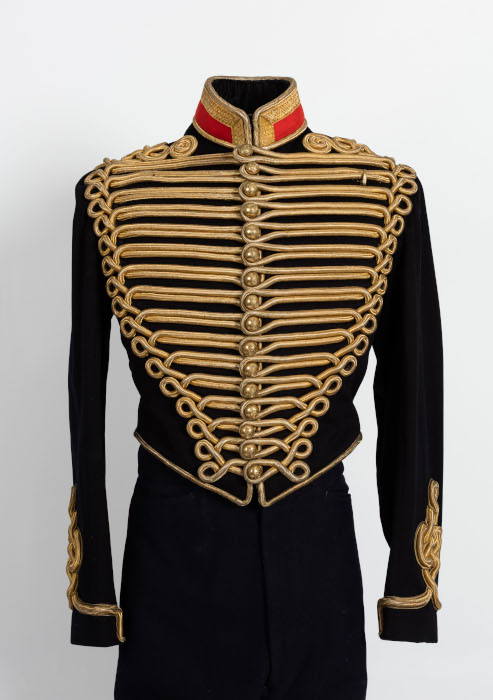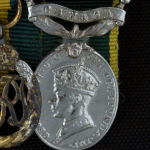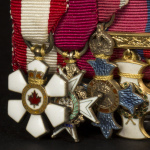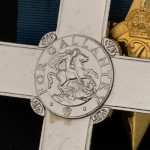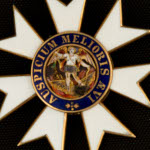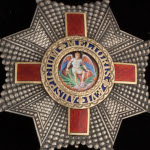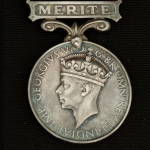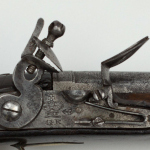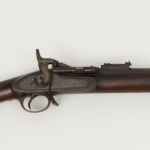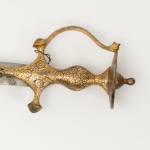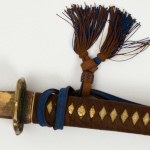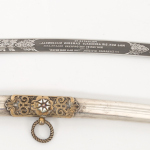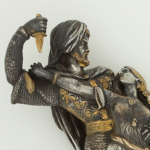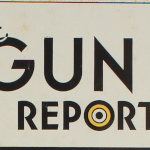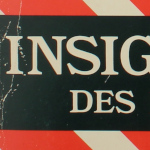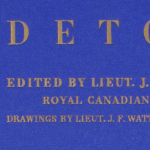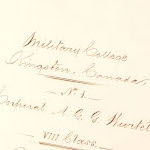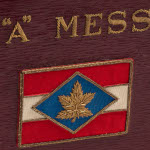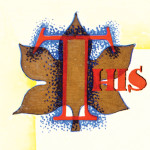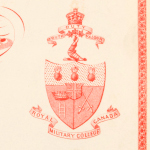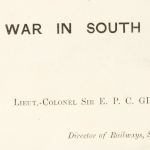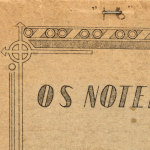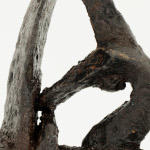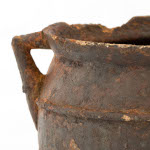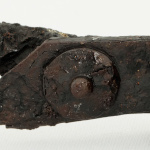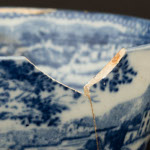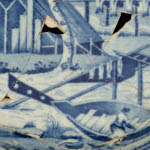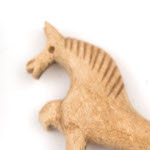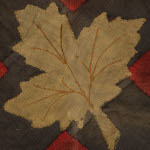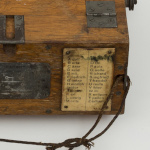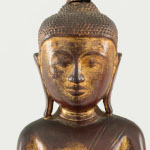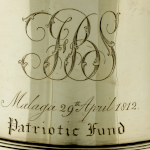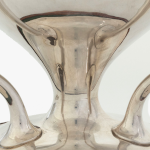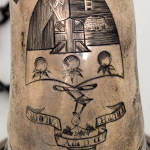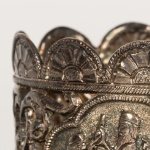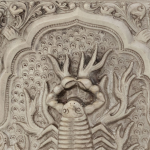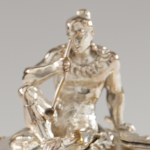The RMC Museum's collecting mandate is very broad. We collect art, objects and archives that tell the story of Point Frederick, the College, and the people who have lived, learned, taught and laboured here. The Museum is also interested in objects that enrich the cultural and educational environment of the College such as noteworthy art and weapons collections
Art
The RMC Museum has an extensive art collection. The majority of the works are by Canadian artists but there are non-Canadian artists represented as well. The early collection, acquired by John Spurr, RMC’s Head Librarian from 1949 until 1981, includes military-themed prints, maps and watercolours. More recent additions include the Van Haastrecht Collection of Canadian art, the Gauthier Sculpture Collection and the Harvey Collection of paintings.
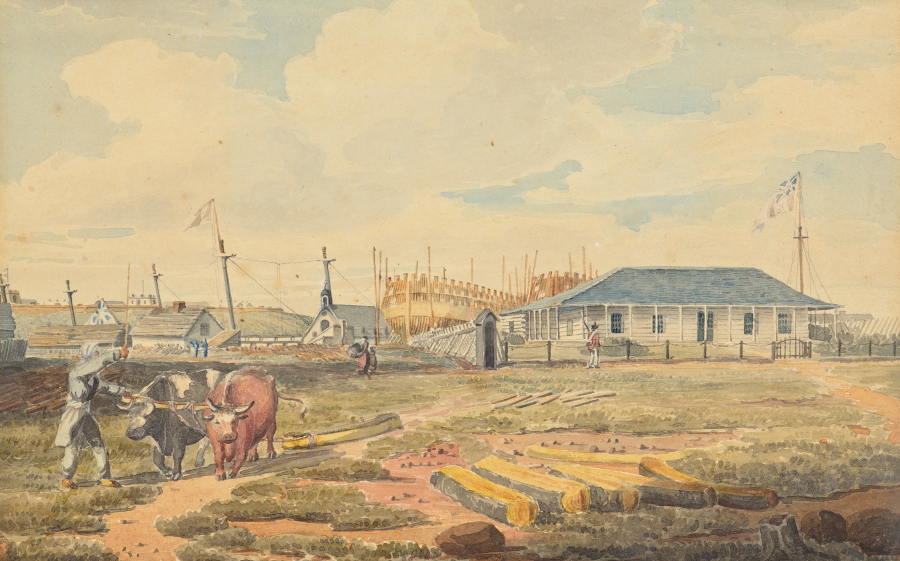
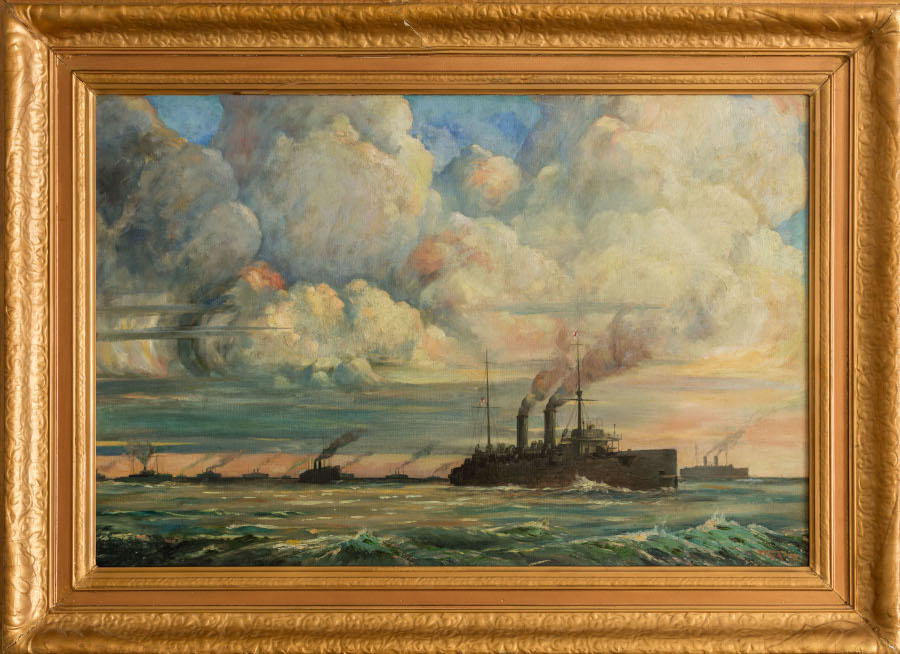
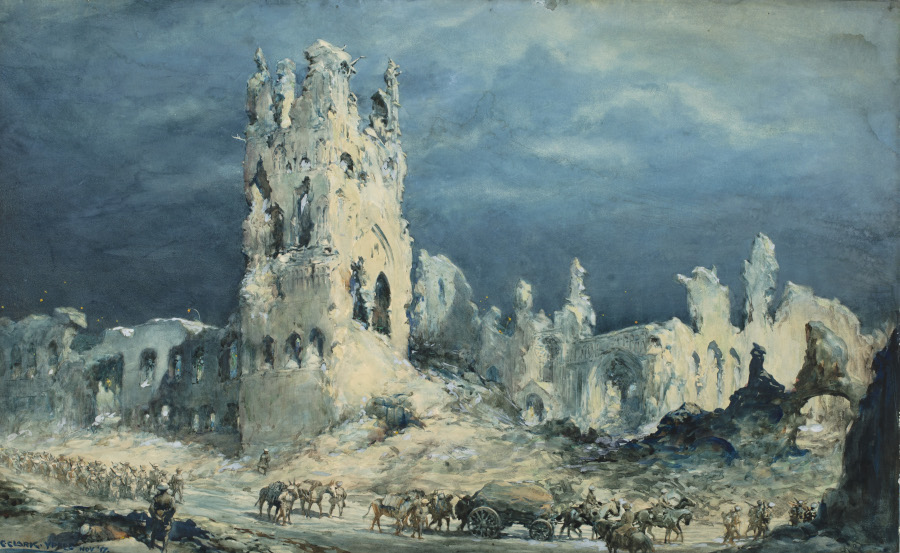
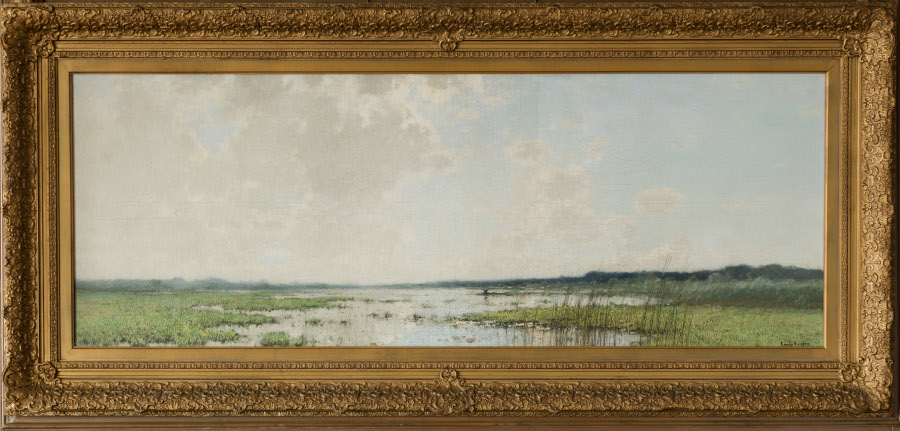
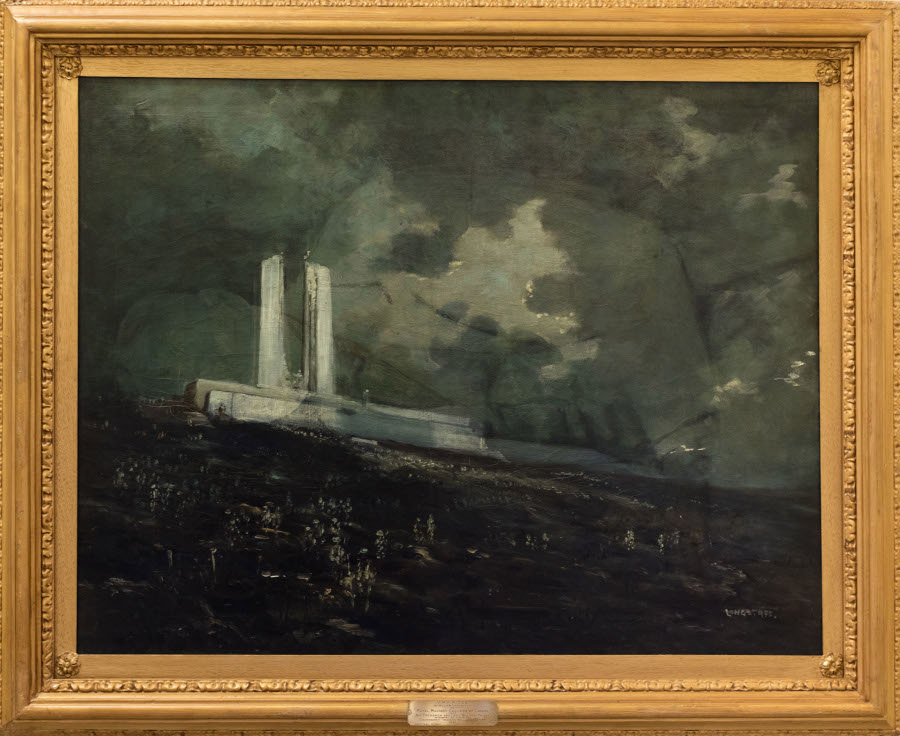
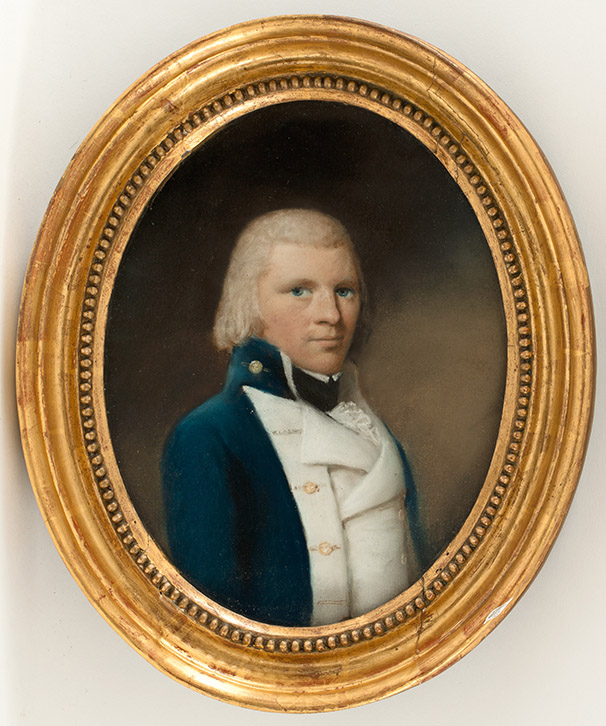
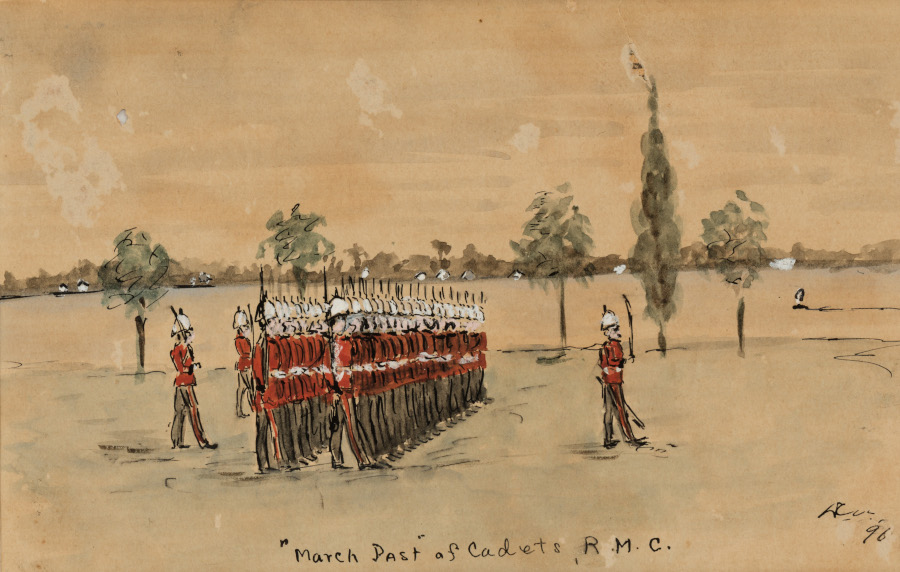

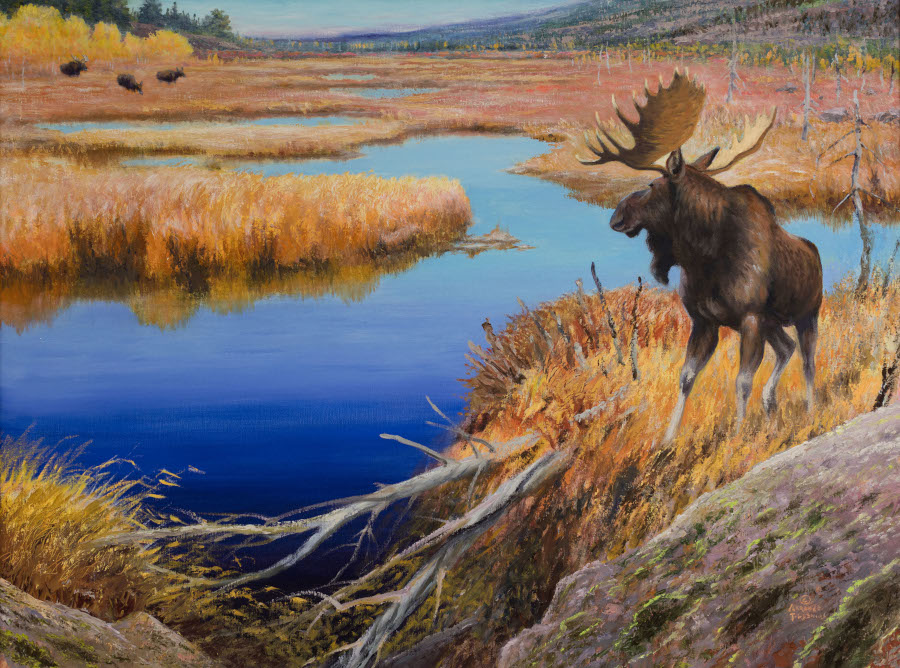
Dress, Insignia and Technical Equipment
This collection consists of artefacts that belonged to RMC Ex-Cadets or staff in the following categories: clothing; personal accoutrements; biological and chemical equipment; flags and banners; personal accessories; crests and plaques; badges and related insignia; and buttons as well as technical equipment including engineering kits, tools, communication equipment and similar items.
Orders, Decorations and Medals
The RMC Museum holds a large collection of orders, decorations and medals (ODM), many of which were earned or collected by Ex-Cadets or staff. The museum continues to collect ODM from these two groups as well as medals that represent conflicts in which RMC Ex-Cadets or staff may have participated.
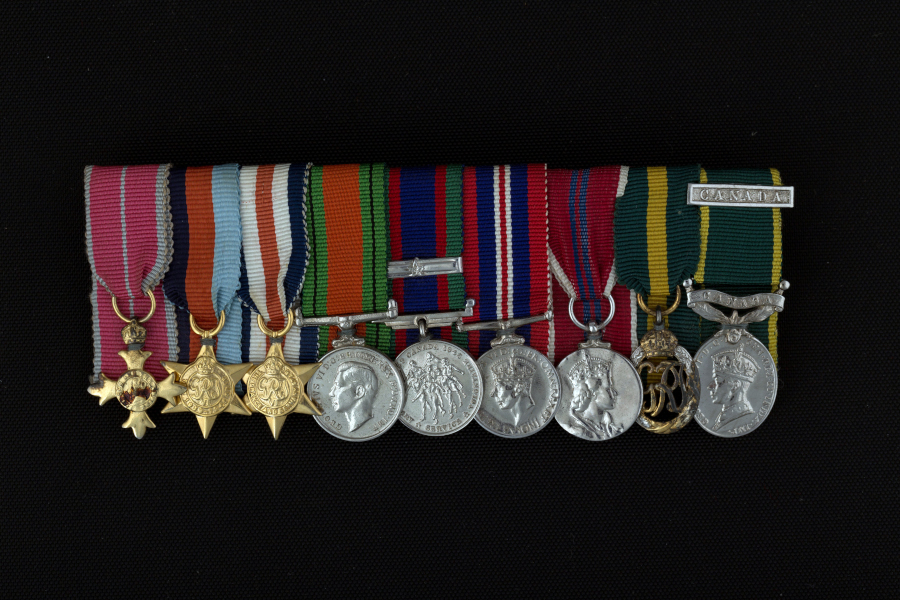
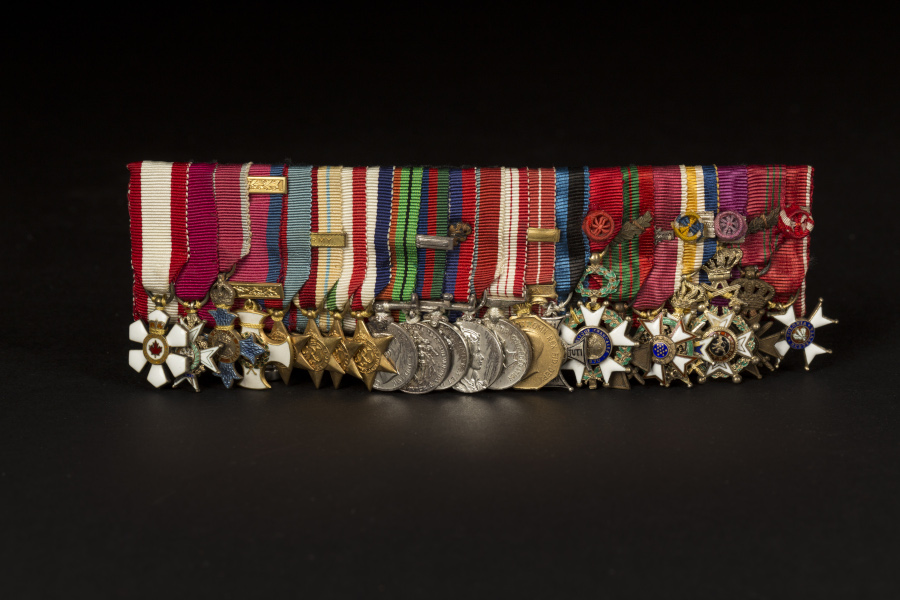
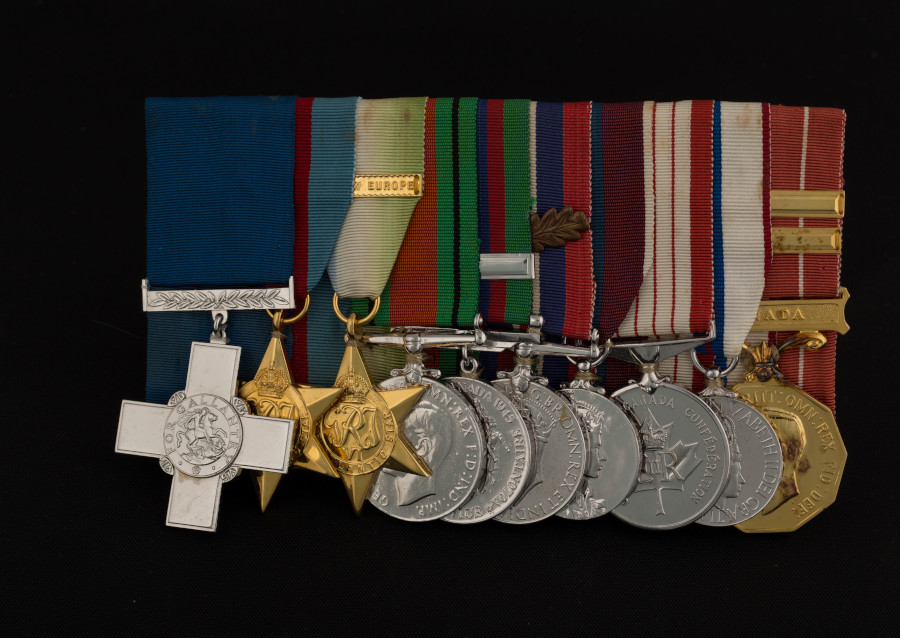
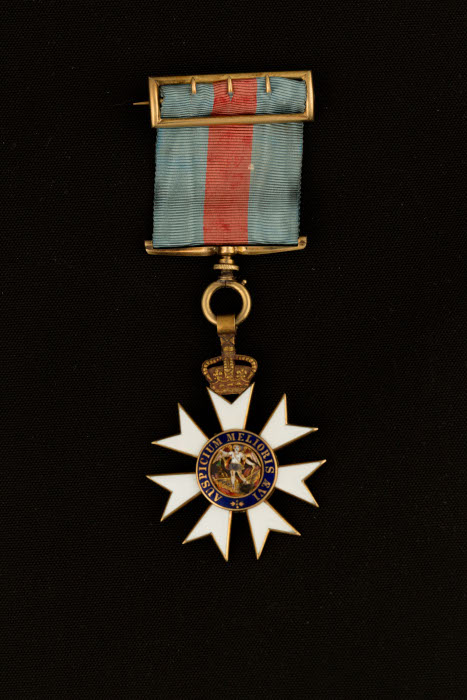
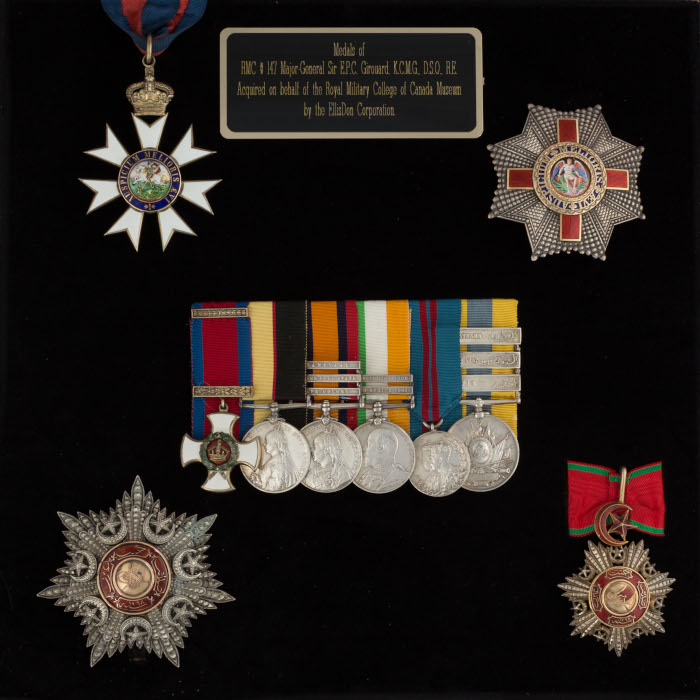
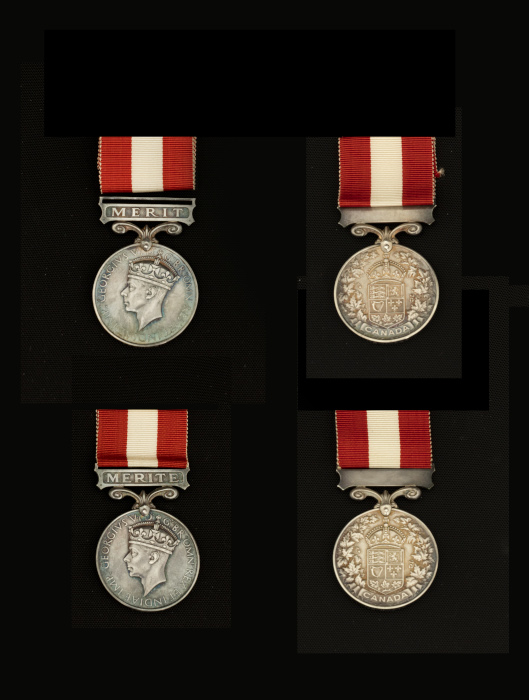
Arms and Armour
RMC began collecting arms and armour in 1938, when a large collection of weapons and armour was purchased from the estate of General Porfirio Diaz, the former President of Mexico and donated to the College. The donor, Walter Douglas, intended for the collection to form the basis of a collection of arms and armour, of all times, which could enhance the military education offered at the RMC. Over the years, the Museum has continued to acquire additional arms and armour from the Department of National Defence and a variety of other sources.
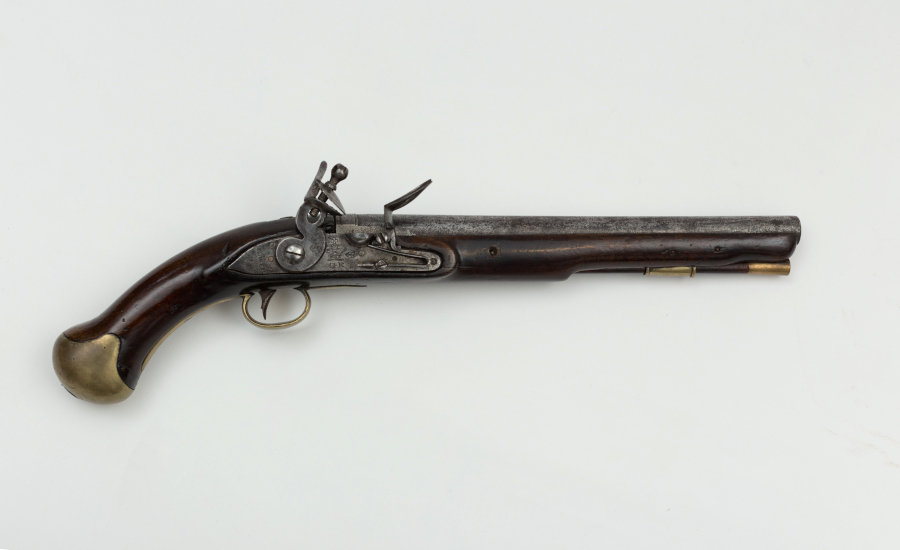
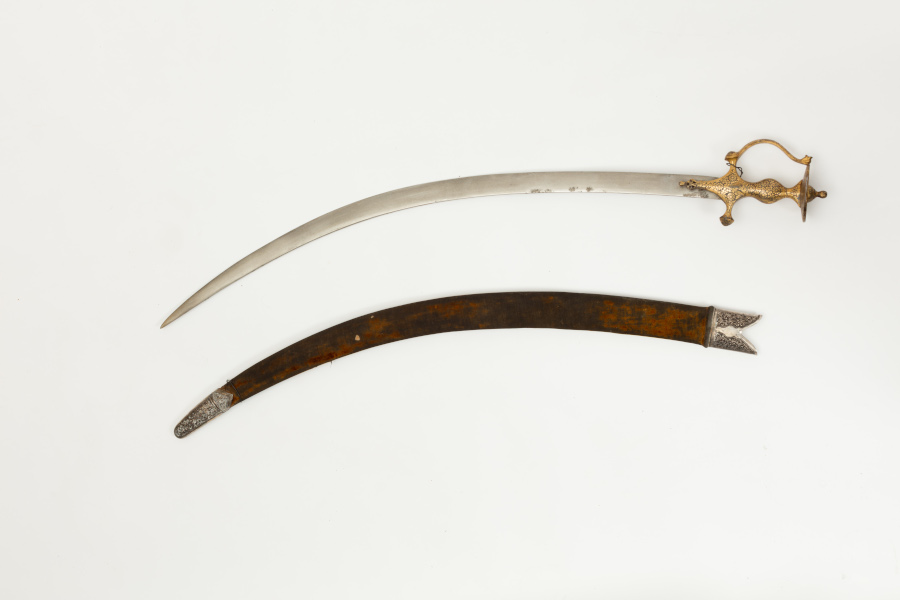
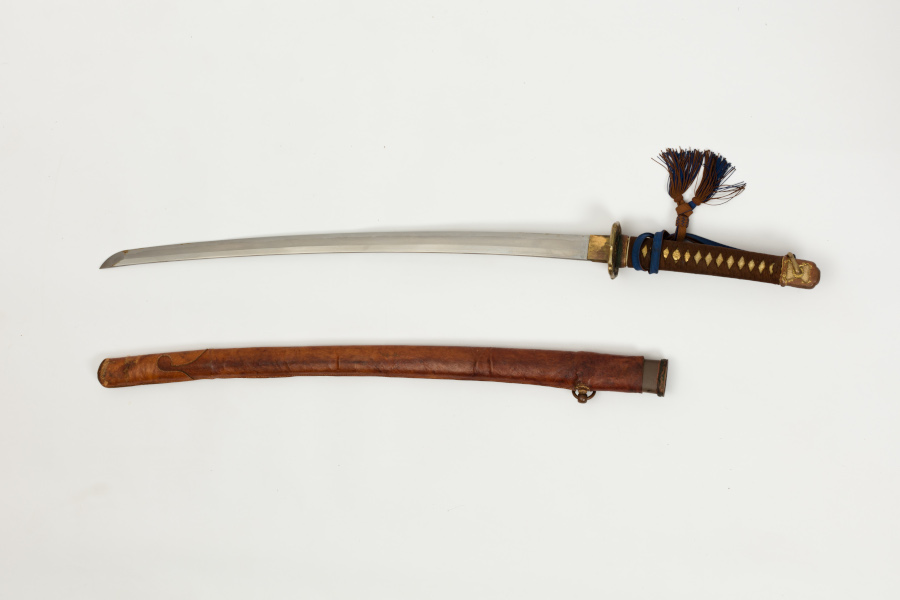
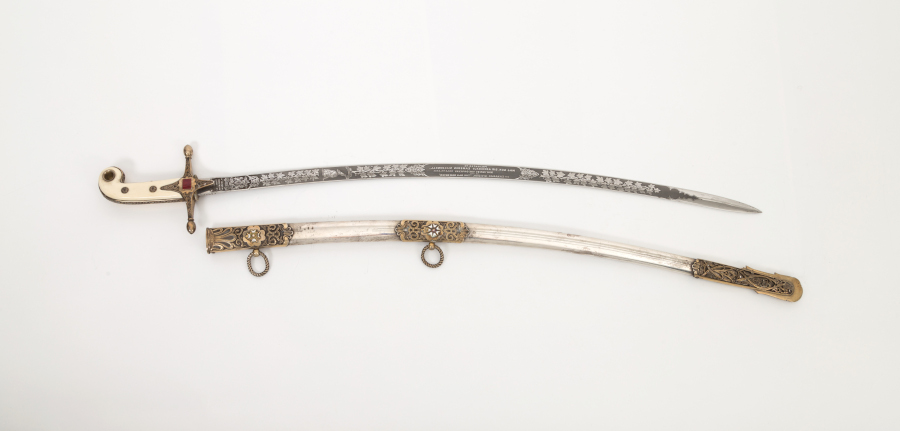
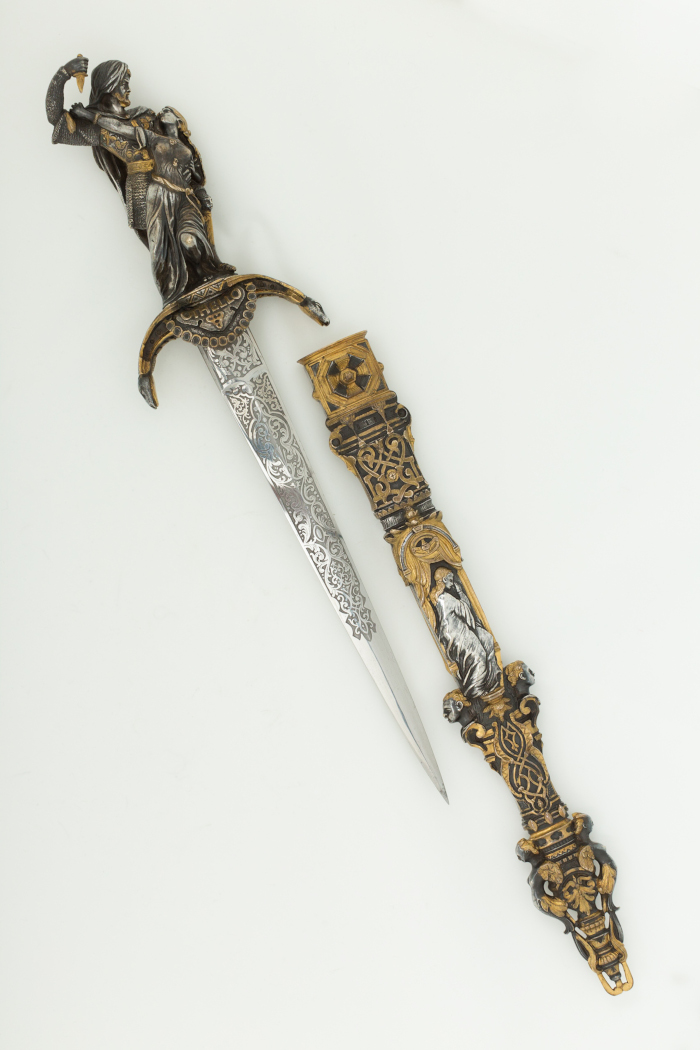
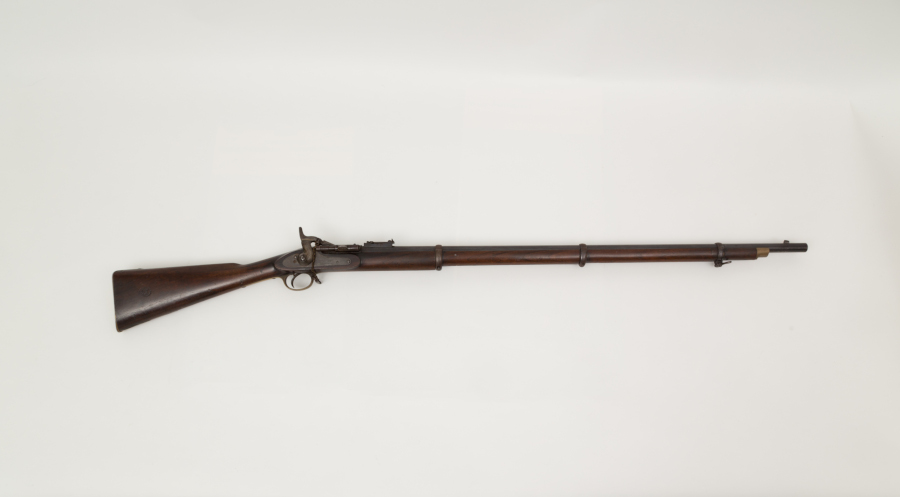
Library
The RMC Museum has a large collection of reference books and periodicals on topics that represent the Museum’s distinct collections including a large collection of firearms related periodicals. These materials are available for use by visitors. All issues of the RMC Review have been scanned and are available to researchers. Please contact the Museum Curator for more information.
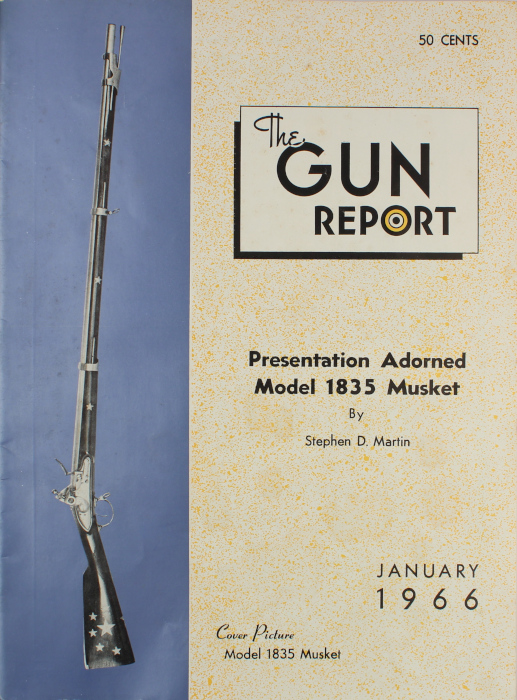
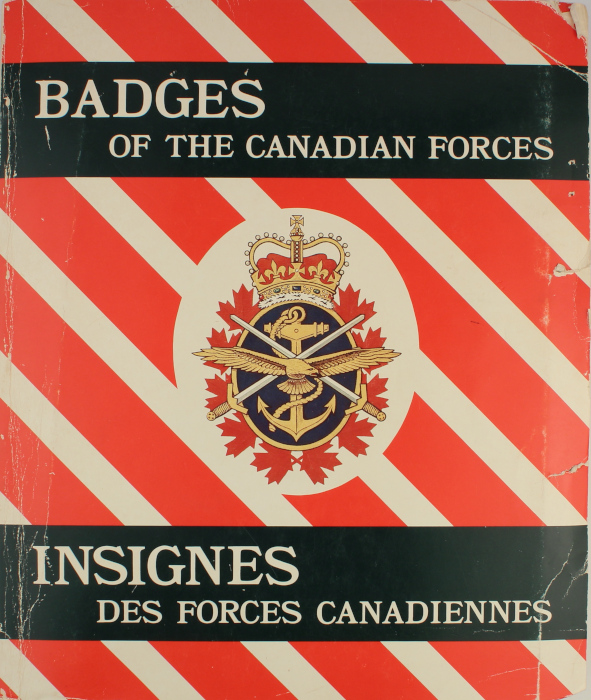
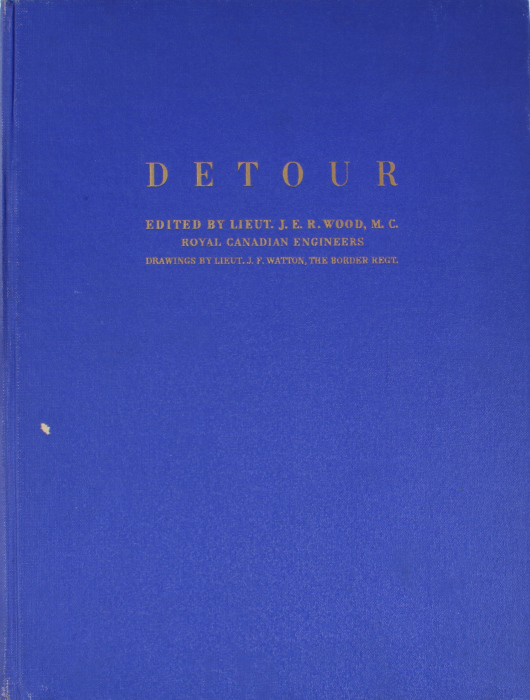
Archival Material
The archival collections consist of manuscript records (including letters, diaries, personal papers, manuscripts, maps, blueprints, RMC records and ephemera); photographic records (including photos, slides, and films) and books that are significant because of who they belonged to or because they contain personal inscriptions by RMC Ex-Cadets or staff. In some instances, the distinction between these three collections is somewhat blurred - for example, in the area of scrapbooks, albums and postcards. The Commandant’s Reports from 1876 to 1916 have been scanned and are available to researchers. Please contact the Museum Curator for more information.
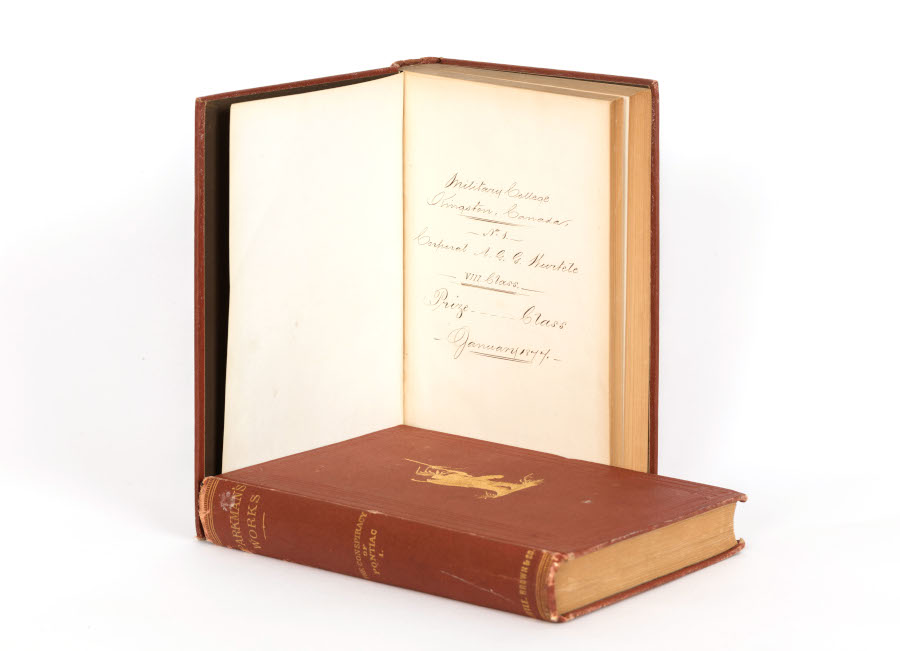
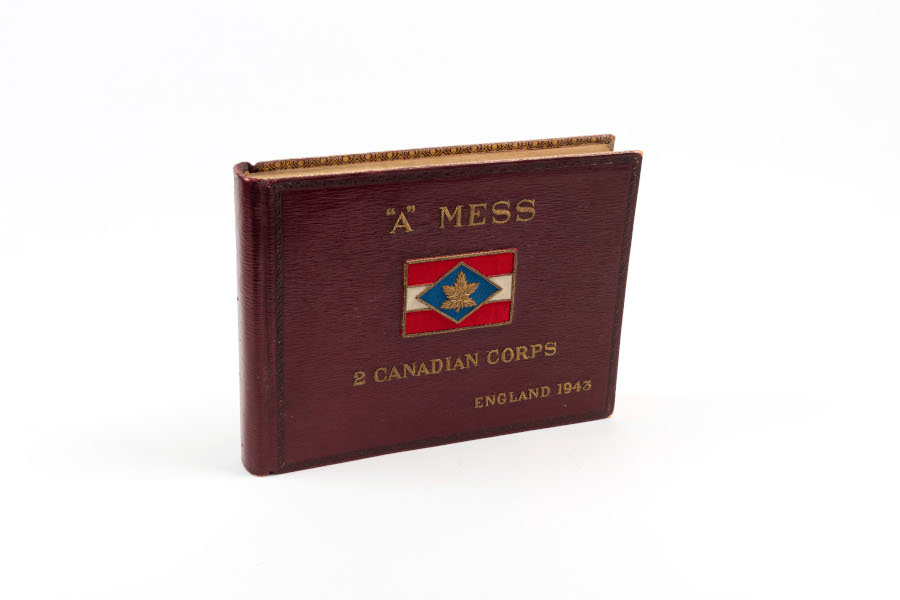
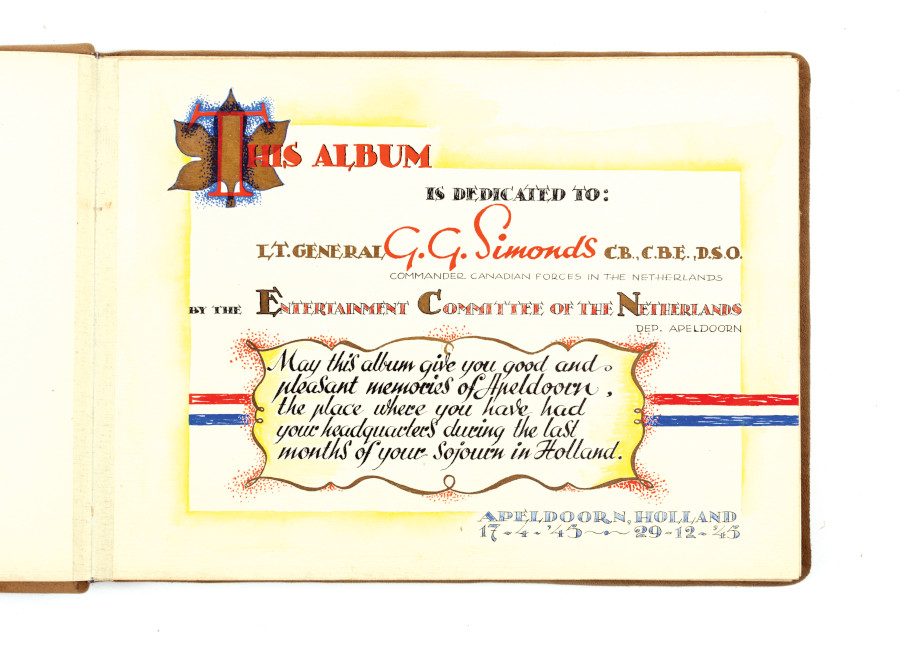
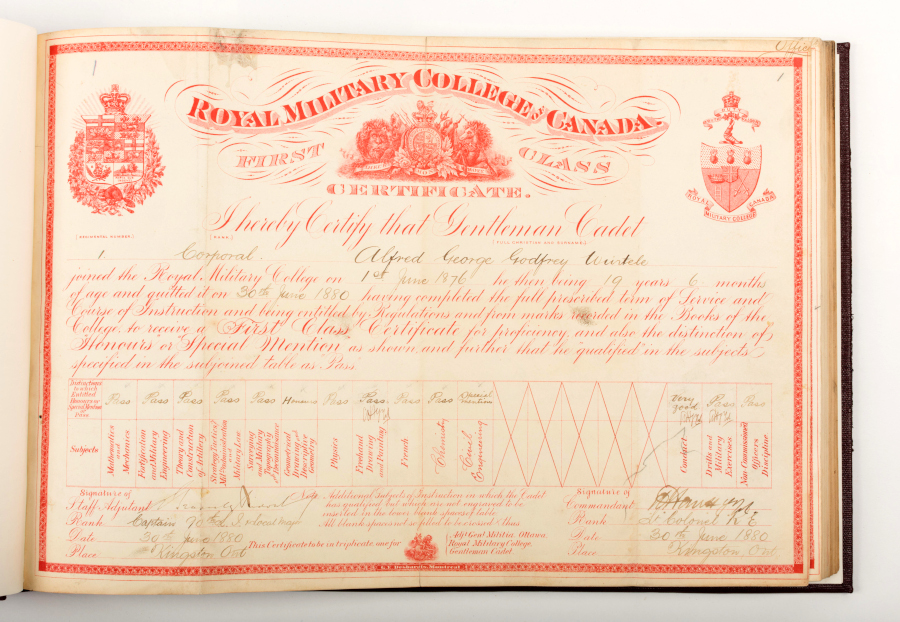
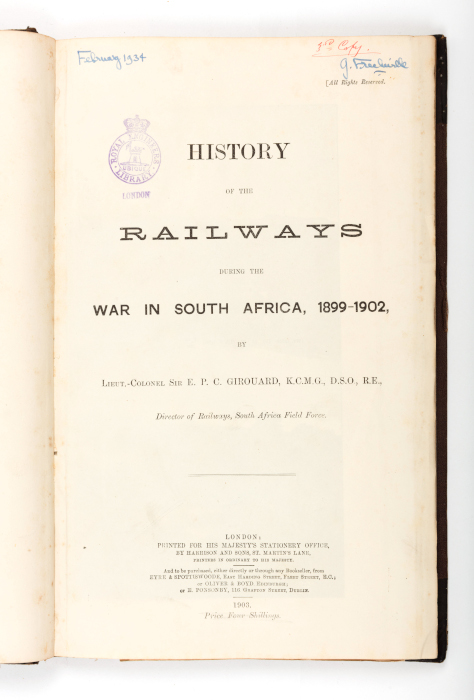
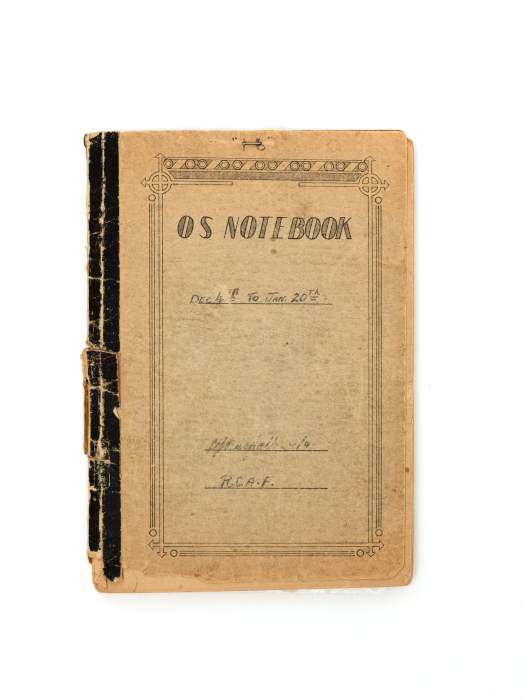
Archaeological Material and Structures
This collection consists of archaeological objects recovered from Point Frederick and the surrounding water and objects related to College buildings or functions that do not fit into other collections such as pieces from the Mackenzie Clock tower and decorative provincial shields that were removed from Currie Hall.
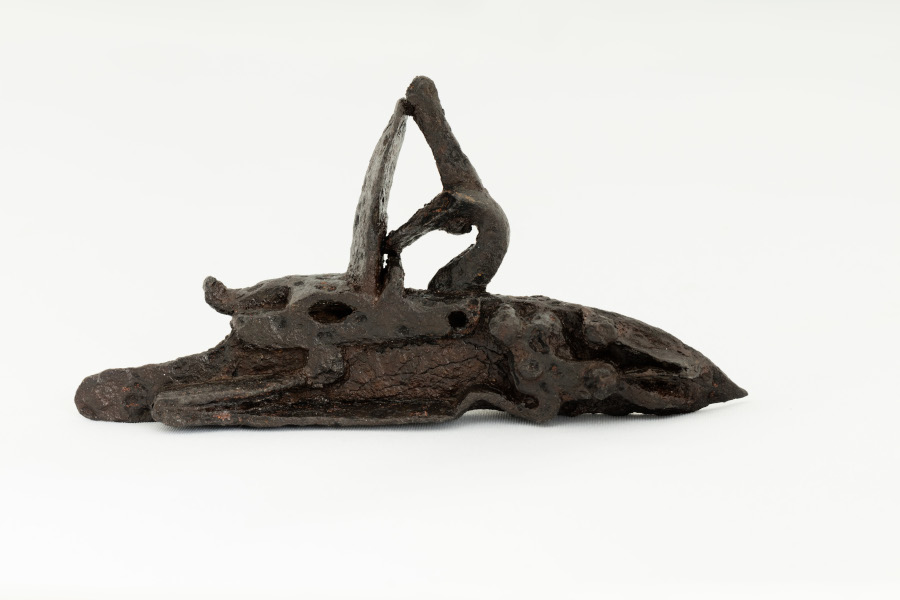
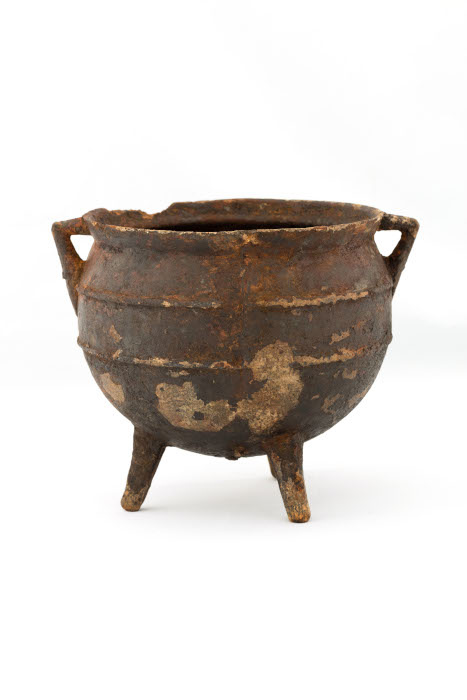
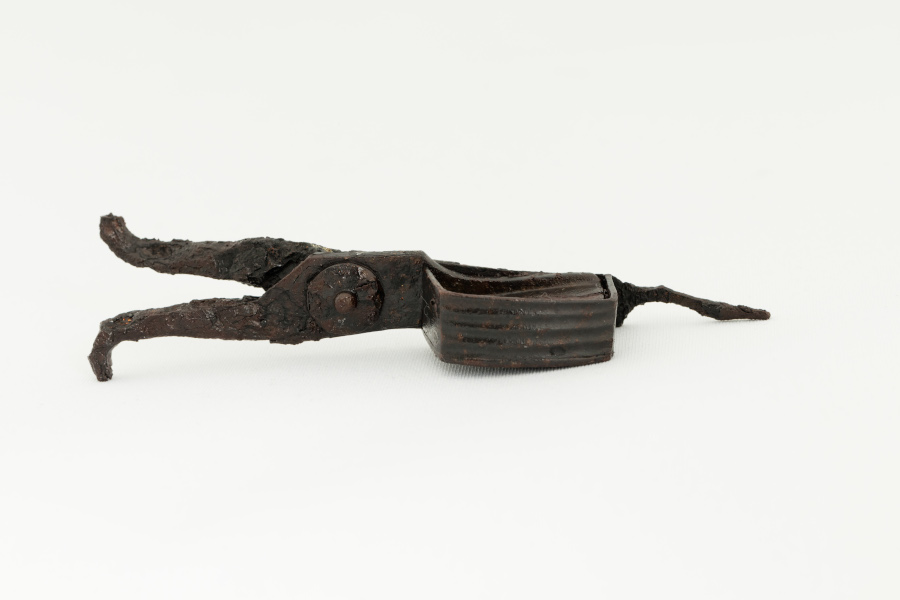
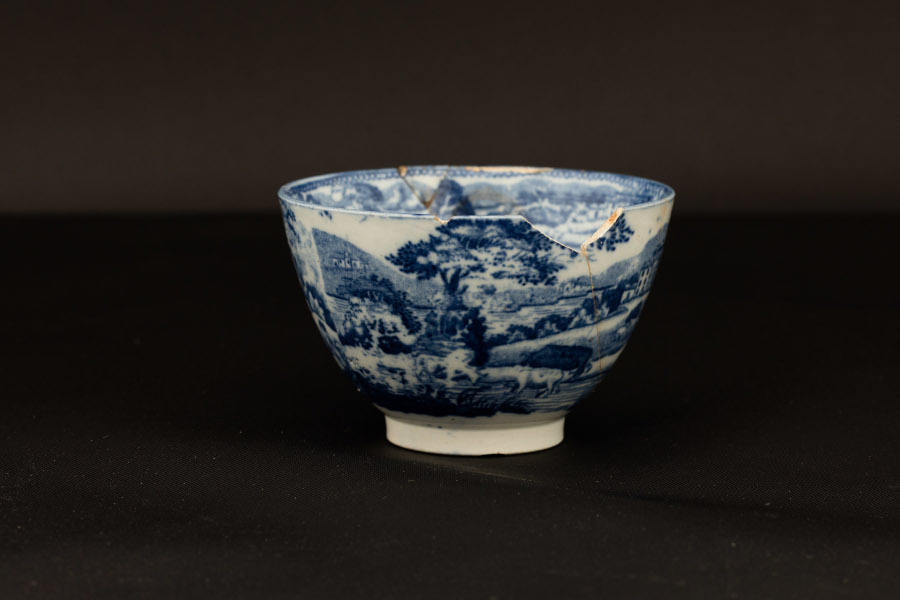
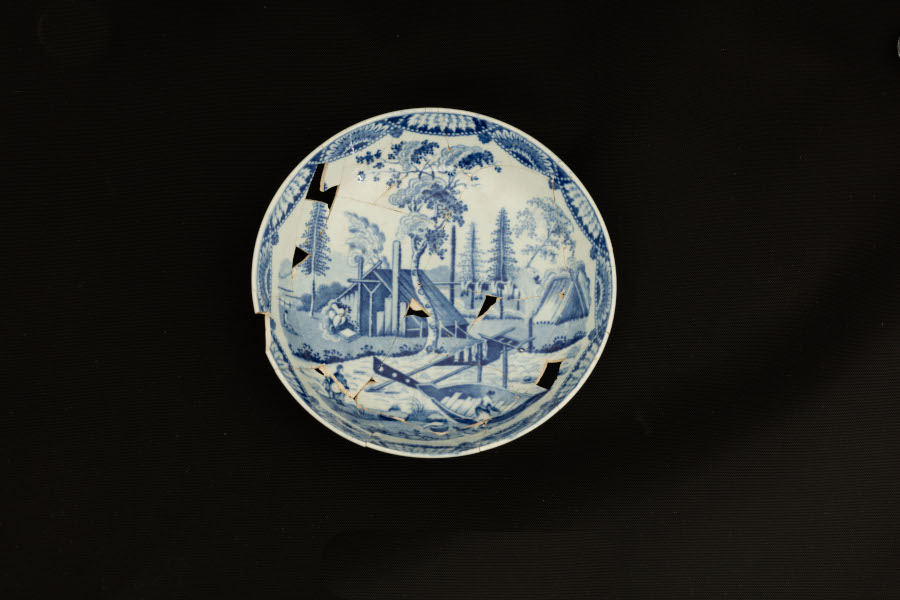
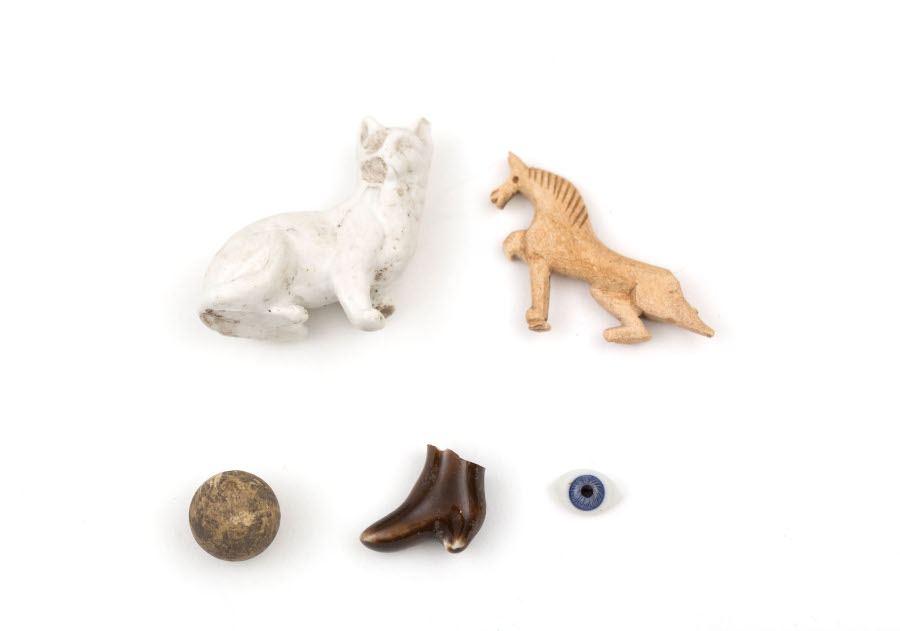
Souvenirs and Models
The scope of the souvenirs includes ashtrays, handkerchiefs, plates, trench art, and tobacco tins. The bulk of the model collection consists of toy soldiers and models covering a large portion of Canadian military history with representation from Canada's historic allies and enemies. Most of the souvenirs and models were collected by RMC Ex-Cadets and staff.
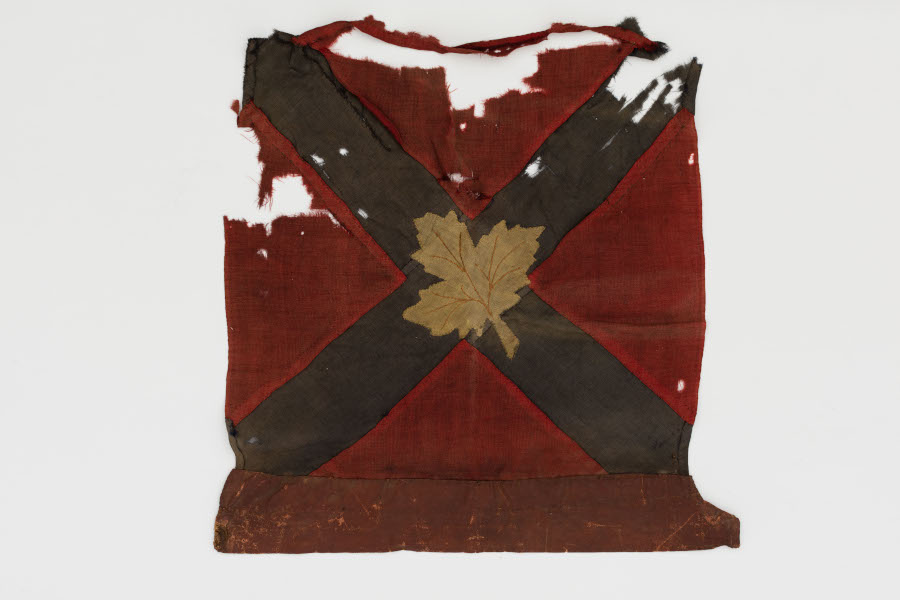
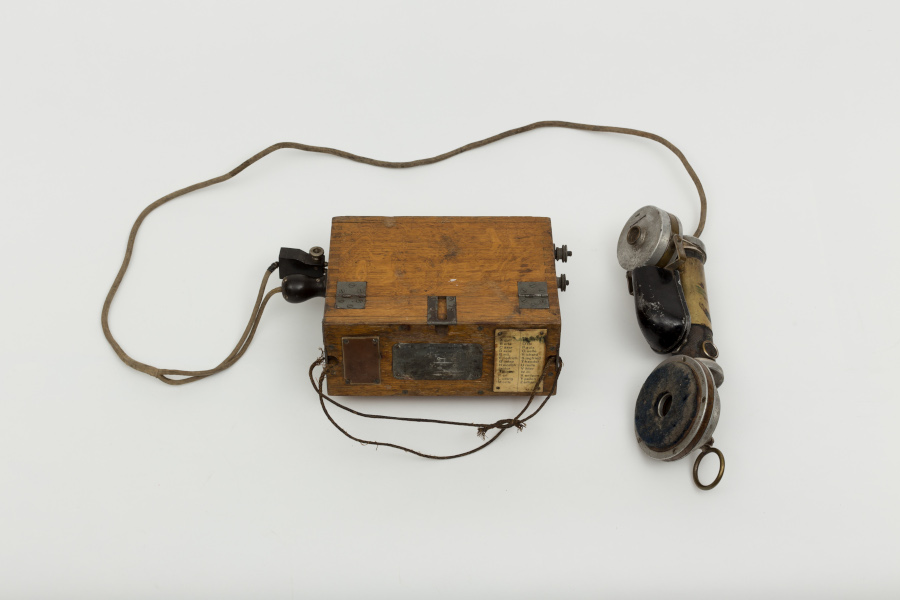
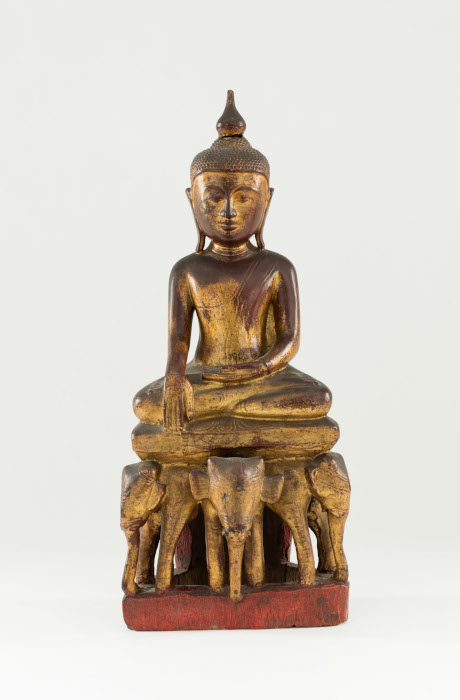
Silver
RMC’s silver collection has two parts: the Leinster Plate and the College silver. The Leinster Plate is a large collection of silver that belonged to the 100th (Royal Canadian) Regiment and later the 1st Battalion, The Prince of Wale’s Leinster Regiment (Royal Canadians). The silver was accumulated for use in the officers’ mess from the time of the raising of the regiment in Canada in 1858 until its disbandment in 1922. Upon disbandment, the silver was given in trust to the Government of Canada and it was placed at RMC. The College silver is made up of all the other pieces of silver that the college has collected over the years from a variety of sources.
